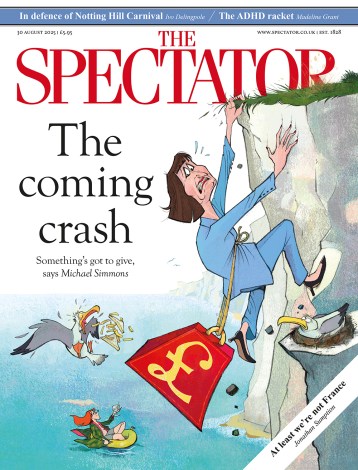Perfect teamwork
I don’t usually associate the Vienna State Opera with adventurous programming, but staying in the city for a few days last week I was able, by chance, to catch the première of a double bill of two quite exceptionally rare operas, one of which largely deserves its fate, the other certainly doesn’t. They were performed in the wrong order — if one of a double bill is notably inferior to the other, clearly it should be done first. As it was, we began with Janacek’s Osud, perhaps the rarest of his operas, in a quite brilliant production by David Pountney, who is an old hand at this piece. I can’t
